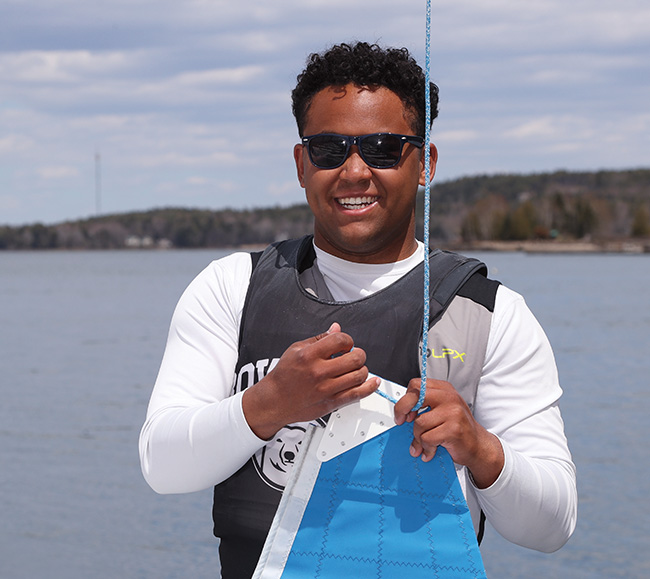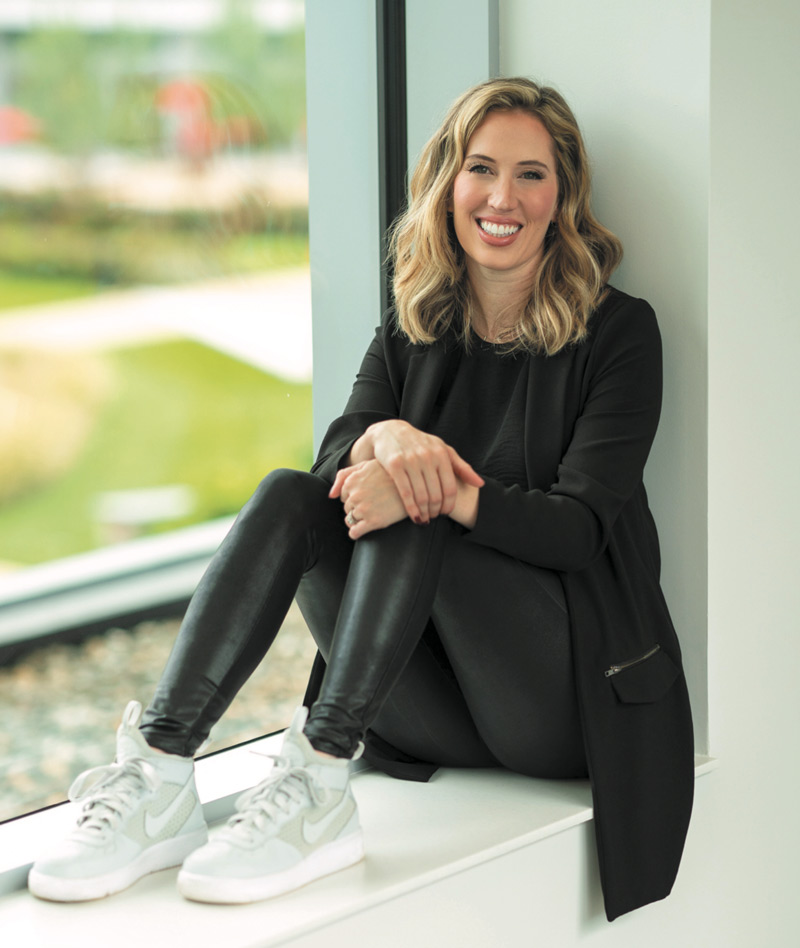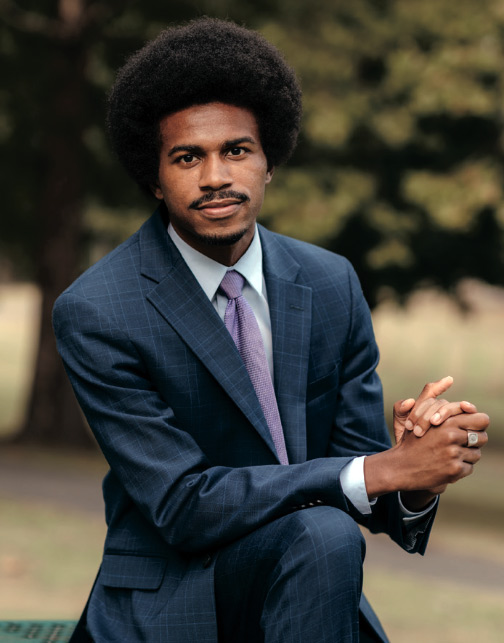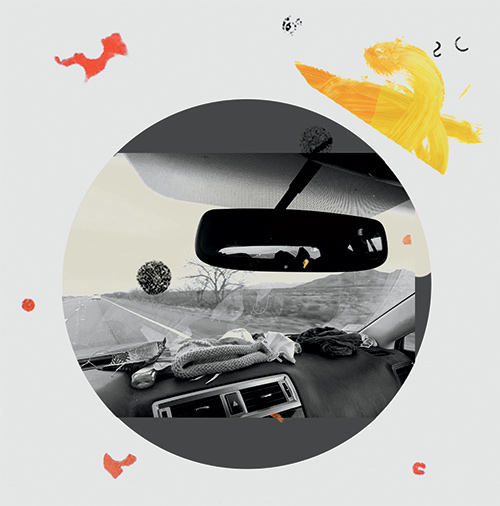The Trailblazer
By Bowdoin MagazineWhen I started at Bowdoin in 1971, I was often the only woman in my chemistry classes, women represented only 10 percent of my class, and there were no women professors.
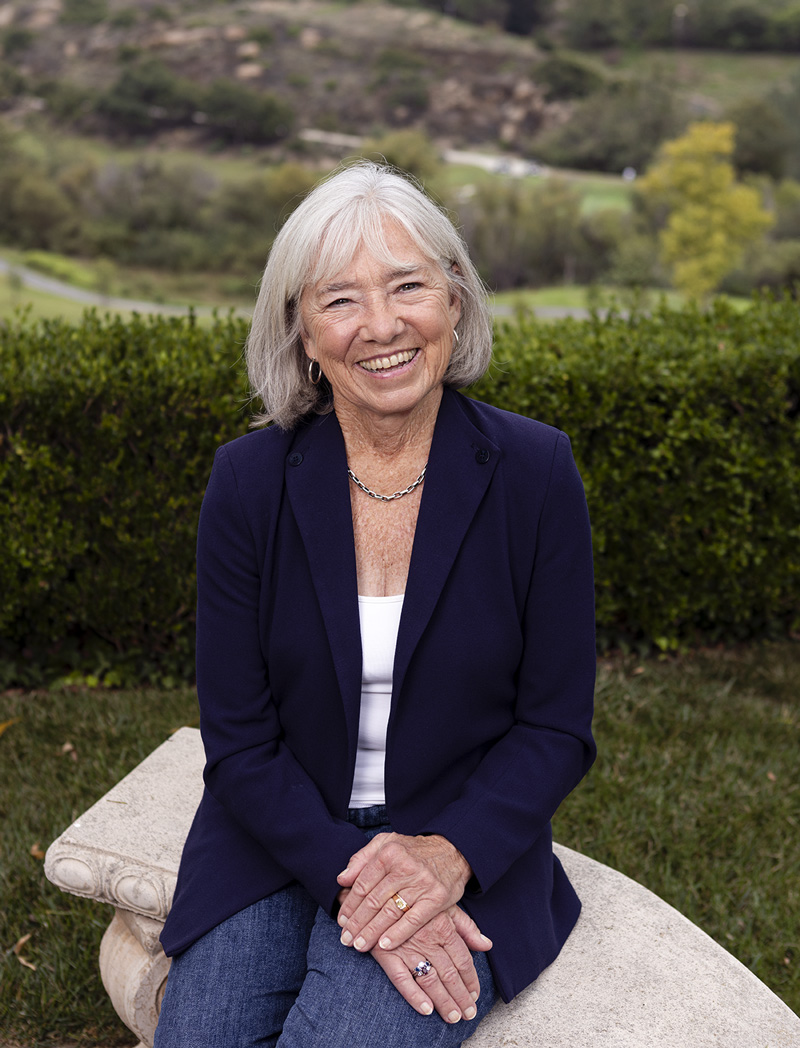
part in keeping her sane.
How did you come to work at the UCF Environment Institute?
After Bowdoin, I worked in biochemistry research at Massachusetts General Hospital, studying replication of viruses and RNA sequencing, and then at the University of New Mexico School of Medicine, quantifying the frequency of errors in protein synthesis. In 1978, the opportunity to apply my skills in chemistry to complex projects that involved an interdisciplinary approach drew me to the environmental field. I joined the environmental practice at Arthur D. Little, Inc. (ADL) in Cambridge and eventually moved to California to develop an office focused on environmental assessment and remediation.
After thirty years at ADL, I accepted a position at the University of California–Irvine (UCI) as assistant director of the UCI Environment Institute, initially focused on interdisciplinary initiatives in environmental sustainability (water resources, oceans, energy in Southern California), and later expanding to include programs for women and gender equity.
Community involvement—applying my expertise to local issues—was always an important focus for my professional life. I was a member of the Board of Health in Concord, Massachusetts, the Green Ribbon Environmental Committee in Irvine, and other environmental and sustainability nonprofits directed at community-based action and the engagement of women.
What draws you to the work you do? What’s exciting about it? What’s fulfilling?
I like working with people on multidisciplinary projects. To arrive at optimal solutions, environmental projects require a combination of skills and perspectives (science and engineering, legal, social) and collaboration among consultants, regulators, and communities.
At ADL, I particularly enjoyed using chemistry to understand the fate and transport of chemicals in the environment. Similarly, my work at UCI involved bringing cross-disciplinary teams together from different schools across campus to address complex technical and social initiatives. Working with students and faculty to develop these initiatives with a focus on community outreach was very fulfilling.
You’ve been described as Bowdoin’s first woman chemistry major. What do you remember about that experience?
I came to Bowdoin from Wheaton College in the fall of 1971. Bowdoin had a great chemistry department; the classes were rigorous and small. In my junior year, most chemistry classes had fewer than ten students and many of my classes had no other women students, which was certainly different from Wheaton! Dana Mayo was my chemistry advisor. The “railroad problems” on his analytic organic chemistry exams were favorites—presented with a set of chemical and spectroscopic data, we were required to identify a specific chemical. Seemed like a game to me!
I can also recall being in physics lab with Professor [Roy] LaCasce, who was adjusting to women in his classes and who good-naturedly reveled in my unfamiliarity with using a rifle! He was a character!
What inspires you?
Working with people on challenging projects.
Is there something about the work you do that others would find surprising?
After thirty years in environmental consulting, I trained as a yoga instructor (accessing the right side of my brain). Yoga still plays a big part in keeping me sane.
Is there something about YOU that others might find surprising?
In 1971, as a sophomore at Wheaton College and a chemistry major with Russian minor, I applied to a Georgetown University exchange program to Leningrad State University. Lucky for me (in many ways), the program filled quickly with Georgetown students majoring in international affairs, and I chose Bowdoin instead! I met my husband, John, at Bowdoin, and we celebrated our fiftieth anniversary this year.
What do you enjoy doing in your spare time?
(In no specific order):
- Traveling with my husband
- Spending time with family: our son Michael and his wife, Krista; our son Sam and his wife, Maggie; and especially our grandchildren, Oscar (nine), Sebastian (seven), Sylvie (three), and Clementine (five)
- Yoga
- Also, I spend way too much time doing crossword puzzles!
Favorite Bowdoin memory? Or best thing you learned at Bowdoin?
There are a lot of things that come to mind in reflecting on those early years of coeducation.
For example, when I started at Bowdoin in 1971, women represented only 10 percent of my class and there were no women professors. It was hard to hide that we were different, and that Bowdoin was changing.
As I look back, in addition to a great education, there were lasting benefits and important perspectives gained in that time. We had a right to be in places that had been limited to men, and we were claiming our place in this specific institution that was still very early in its own progress toward gender parity. It was a trial run, of sorts, for the rest of our lives.
We might even entertain that Bowdoin is different because of the women and men of the 1970s. In some ways, I think our presence and subtle feedback were foundational to the overall experience that characterizes the College today.
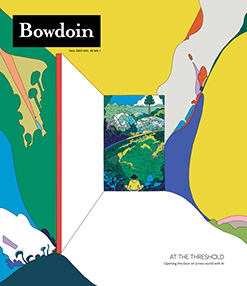
This story first appeared in the Fall 2023 issue of Bowdoin Magazine. Manage your subscription and see other stories from the magazine on the Bowdoin Magazine website.
